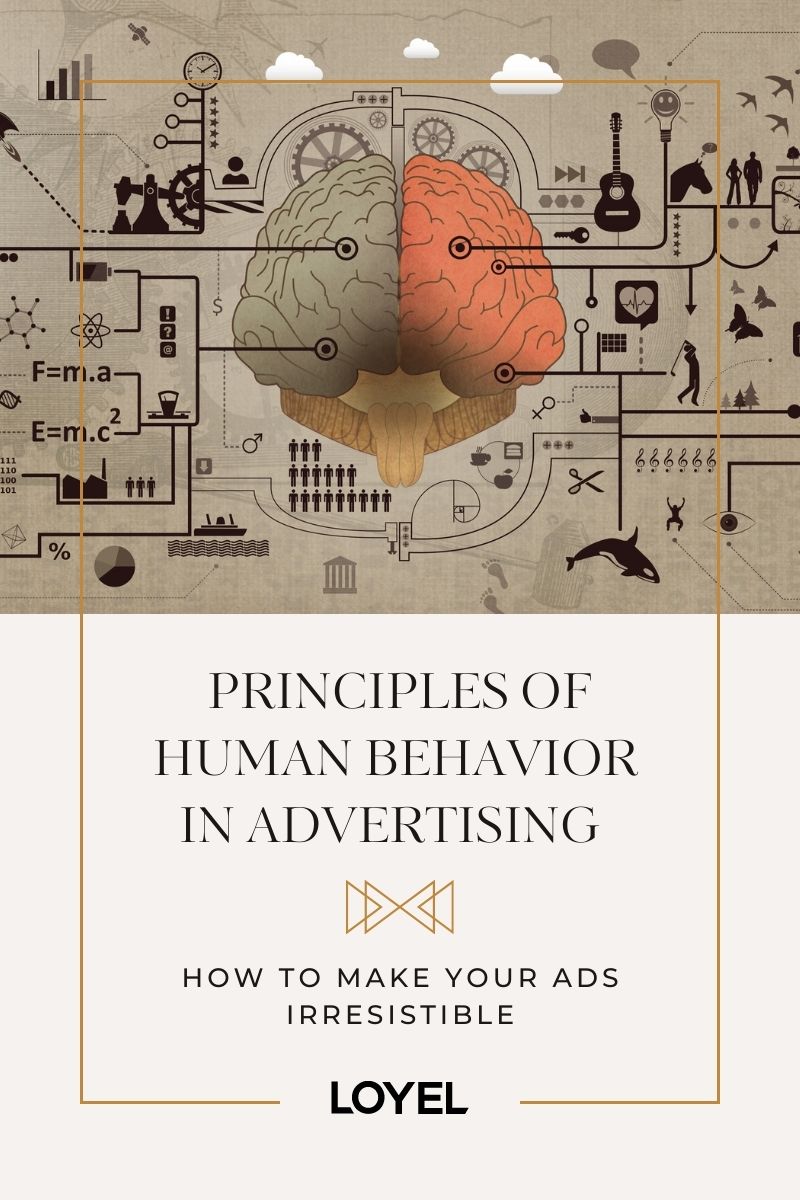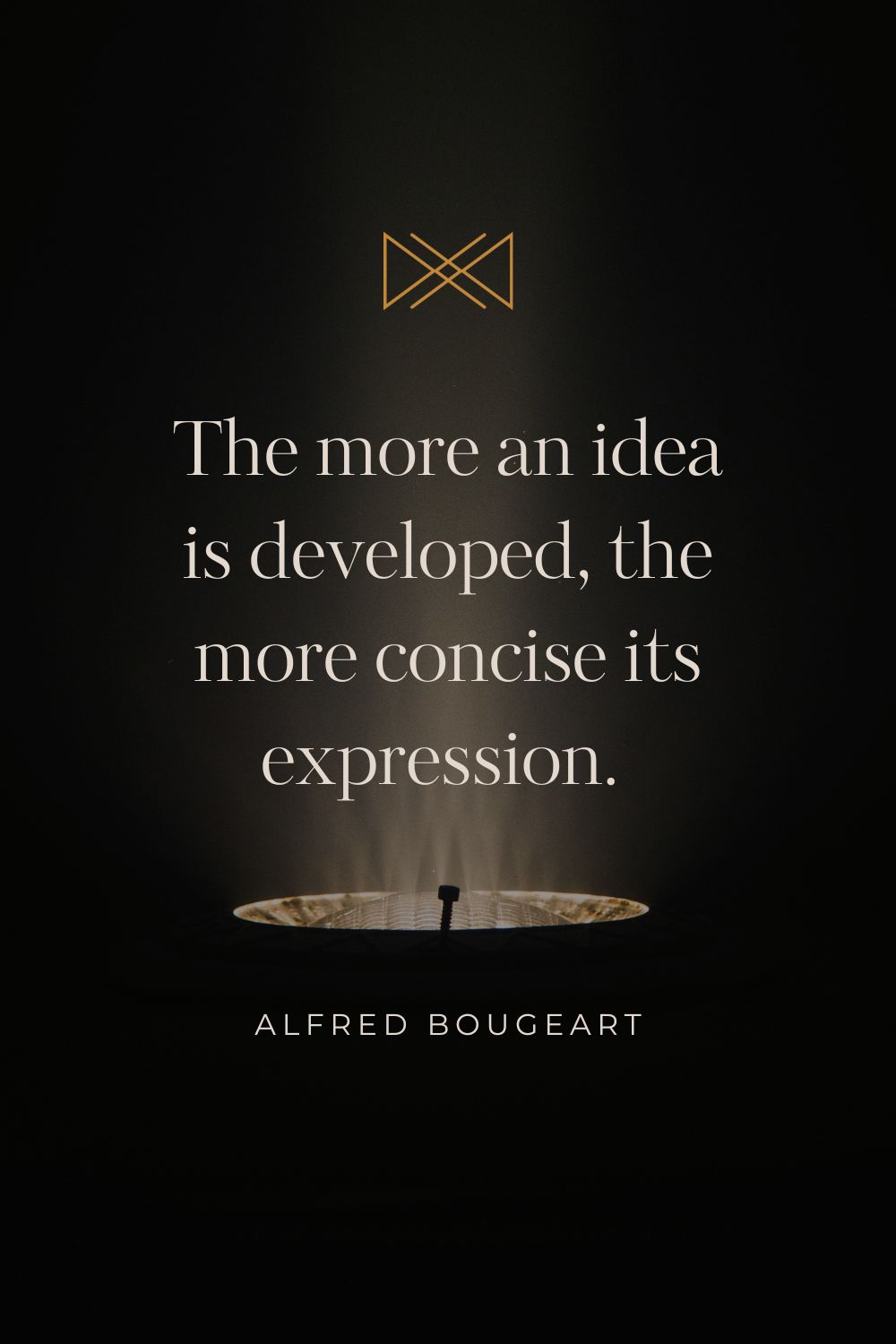A great ad has extraordinary power, but what does it take to create one?
It starts with a flash of insight into what strikes the spark that inspires your buyer to take action.
The key to your ad gaining this degree of traction is to work it up in reverse.
Here’s why.
Because of how our brains work—human instincts play an essential role in the success of your ad.
AUDIO: LISTEN TO THIS ARTICLE
Science tells us humans make 95% of their buying decisions in the subconscious mind.
And since we’re hardwired this way, we can use what we know about human behavior to reverse engineer an irresistible ad.

The human brain instinctively sifts through thousands of messages each day.
It uses shortcuts to pick up on anything that stands out, heightens our emotions, or catches us off guard. These ingrained behaviors came about many thousands of years ago to help our ancestors survive.
We use insights into human behavior to help us understand what drives consumer decisions, why we respond the way we do, and how to make the most of the time we have with our prospective customers.
Here, we’ll focus on three proven principles of human behavior which can step up your advertising’s impact and, ultimately, the success of your marketing campaigns.
Three Behavioral Science Principles that Make Your Ads Far More Effective
Advertising is more engaging and—at the end of the day—more powerful when it:
- Stands out
- Evokes strong feelings
- Surprises us
Well-researched studies bear this out.
Let’s look at how the human brain works when your advertising message pulls each of these levers.
1. We’re Hardwired to Notice Things That are Different.
Humans will naturally focus their attention on any item which is distinguishable or stands out from a group of similar items.
Behavioral scientists refer to this as the Von Restorff Effect—our tendency to notice and recall what stands apart from its surroundings.

This instinctive behavior allowed our ancestors to act quickly if they were to scan the horizon and detect anything threatening or peculiar. Say, a wild animal emerging from a grove of trees in the distance.
Today, this isolation effect might tip us off to a car headed in the wrong direction, an open parking space in a crowded lot—anything that breaks the pattern which surrounds it.
Ads that stand out trigger the Von Restorff Effect and are more likely to be noticed and remembered.
Set your ads apart and break away from the crowd.
Consumers pay attention to and remember what’s different.
2. We’re Hardwired to Lead with Our Emotions.
Our early ancestors relied on their instincts above all else.
If they were to stop and consider all their options when a threat approached, they’d likely not survive.
Even today, our brains signal us to take action when we have a strong emotional response.
We experience emotions first—then an impulse to act—before rationalizing our decisions.
This is why ads that tap into something we feel strongly about hit home and are more effective.
So, emotions before reason.
Strike a chord with your audience. Appeal to emotions early in your ads, then follow up with supporting details that satisfy their rational side.
3. We’re Hardwired to Predict What Happens Next.
Surprise—jolts our brains and piques our curiosity.
This unconscious reflex helped our ancestors anticipate risk purely by intuition, like a sixth sense.
When things aren’t what we expect, our emotions heighten, and our brains focus harder.
In this psychological state, our memory is stronger.
Today, this instinct might kick in when a storyline in a favorite show takes a sharp turn you didn’t see coming.
Maybe a commercial reveals a product used in a new way.
The impulse to concentrate harder is automatic when something unexpected happens and the moment is more likely to be stored in our memory and recalled later.

This is why ads that take us by surprise have more impact.
So, avoid predictability. Throw your audience a curve.
Putting These Scientific Principles into Practice
Businesses understand consumers make intuitive buying decisions but are often at a loss about how to use this knowledge.
After all, if you could capture the attention of the people you care most about reaching and get better results, you would, right?
Here are some tips to help you get started.
Science-based Ads Look for Strong Connections
The key to powerful advertising most often lies in how we, as consumers, see ourselves.
For instance, a person who considers themselves a gourmet home cook is well aware that All-Clad and Le Creuset are top-of-the-line cookware. This person enjoys cooking and relies on and is willing to invest in high-quality tools to further their passion.
Turn your attention to what your prospects and customers identify with and value most that line up with your product.
Concentrate on who your advertising is for: what’s most compelling to this consumer that’s in keeping with what stands out about your product?
Science-based Ads Focus on Your Game Changers
Zero in on any transformative feelings your ideal customer experiences when using your product.
Ads are more effective and have greater impact when your product reflects a strong desire in your customer.
For example, take the outdoor enthusiast who feels plugged into an elite sporting community when they buy high-end gear.
You can inspire this consumer with an advertising message that appeals to their passion for adventure, perseverance, and belonging.
Brands use behavioral influences like these to motivate their buyers.
See Your Value Through Their Eyes
Get to the bottom an any emotions your product elicits. Find clues in your:
- Customer surveys
- Emails
- Interviews
- Product reviews
- Social media comments
- Website submissions
This helps to focus your thoughts and uncover a more novel approach to the all-important message that resonates perfectly with your customer.
Now, expand on this idea—making it more interesting, clear, and relevant. Then, present it in the most compelling way possible.

Key Takeaways
Research into human behavior reveals instinctive responses—formed many thousands of years ago—that we still use today.
We can use science-based ads in key areas of marketing to drive customer action.
Consumers are hardwired to notice what stands out, lead with their emotions, and anticipate what will happen next.
To transform a powerful idea into persuasive advertising, employ behavioral science principles like the ones we’ve covered.
Frame your message in a way that:
- Differentiates your product
- Provokes feelings for the right reason
- Uses a fresh approach to draw attention
Consider how you might surprise your audience to make them stop and think. Are there emotional levers you can pull to make your message stand out or prompt them to take action?
Wrapping up
Whether we remember and respond to an ad has more to do with how our brains work than the number of times we see or hear it.
Your ad has more impact at less cost when you express your idea in a way your customers won’t forget.
There are many ways behavioral science can help us develop more powerful ads. We’ve only touched on three.
If you’d like to learn more about how to apply science-based principles to make your advertising more effective, give us a call—and stay tuned. Our next post will cover techniques producers use to make your ads more powerful.
Comments +